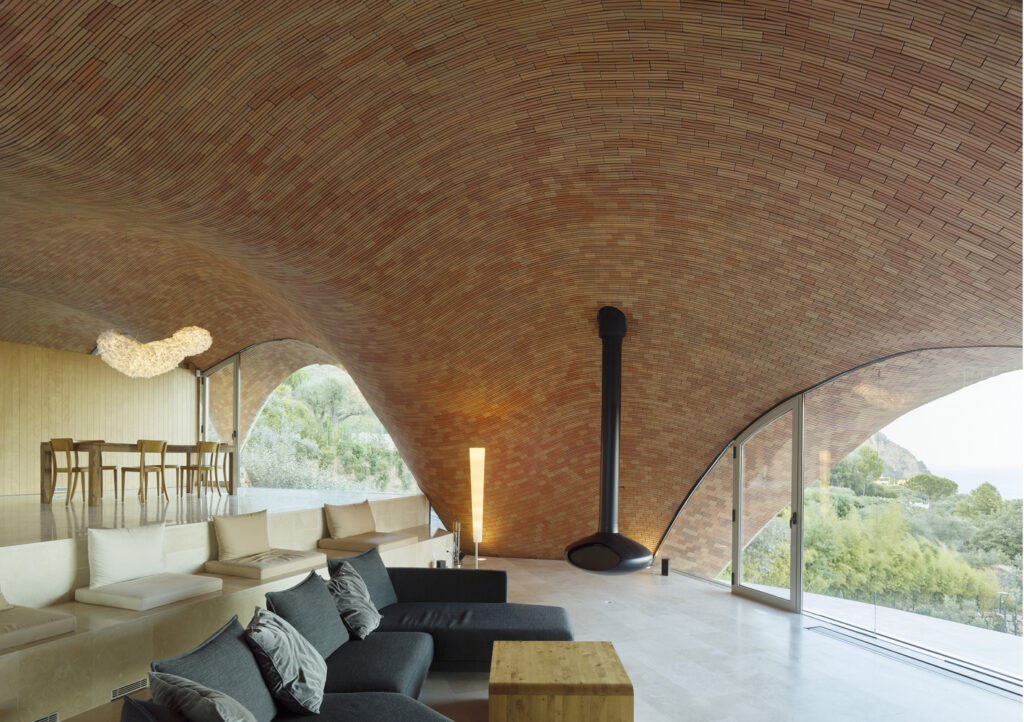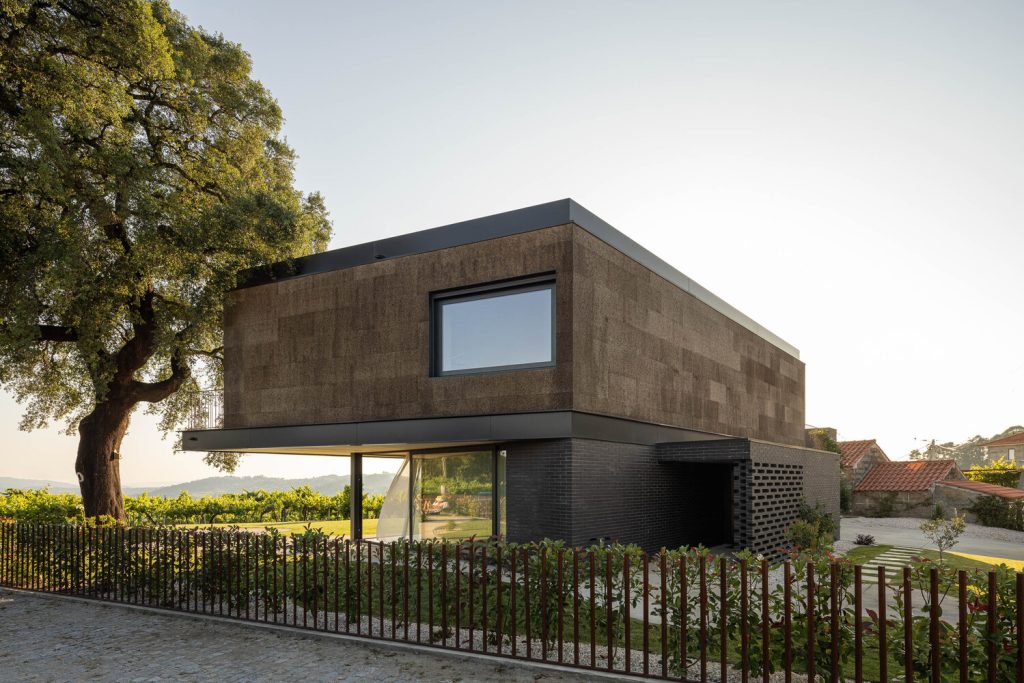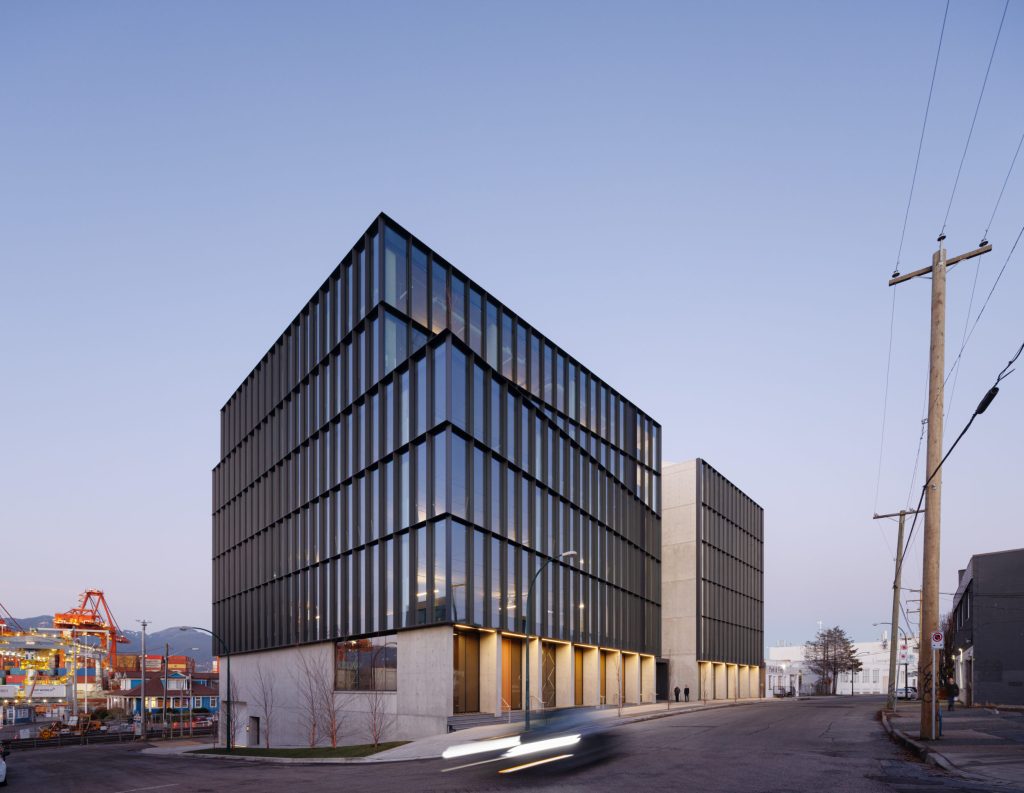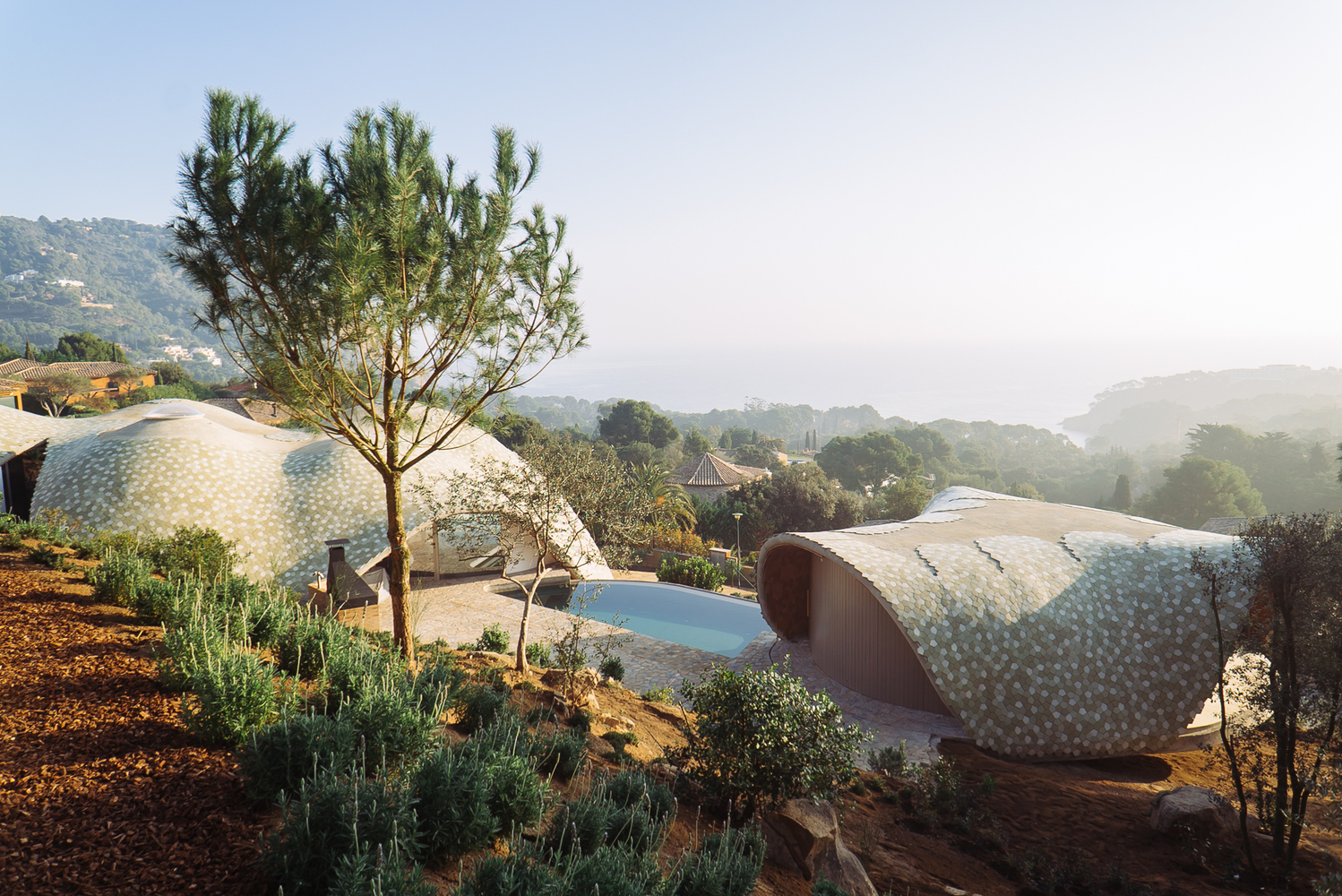
Villa Stgilat / Enric Ruiz Geli / Cloud 9
Overlooking the tranquil waters of Aiguablava, the southernmost beach of Begur, on the Costa Brava, the Stgilat project by architect Enric Ruiz Geli, including a villa with adjoining annex and a small pavilion, is a brilliant example of housing project based on a Smart Mediterranean architecture.
Built using leading-head technologies and digital-based, highly sustainable production processes, the structures have been designed with the aim to create a pilot project based on the possibility of integrating a combination of traditional architecture and technology into the environment. The firm Cloud 9 of architect Ruiz Geli used a holistic approach to design this summer house for a Swiss family, whose priority was the quality of architecture with research, development and innovation over a worn luxury concept in order to achieve a space of well-being.

Completed at the end of February, the Stgilat project by Spanish architect Enric Ruiz-Geli is a case study of contemporaneous use of several techniques aimed at creating a smart version of the typical Mediterranean architecture. This project refers to the methodologies of three architects who have strongly influenced the history of twentieth century architecture: Richard Neutra with his contribution to the development of modern architecture with new ways of using materials and a new form of construction with prefabricated parts and Charles and Ray Eames, who combined prefabrication techniques with the use of industrial materials to build practical, economical and easily reproducible houses.

With the same approach and the aim to break the barriers between construction, space and experimentation, Ruiz-Geli wanted to integrate into the landscape of the Empordà valley, on the Costa Brava, a villa with a pavilion combining the Catalan cultural heritage with innovative materials and cutting-edge digital technologies. In the main villa, the typical Catalan vault, evoking the farmhouses of the region, has been reinvented thanks to the potential of the parametric design that allowed to create a continuous curve defining the interior spaces. Reinvented also in the materials, the vault has been built using advanced fiberglass composites and coated with ceramic tiles especially created by a local artist.
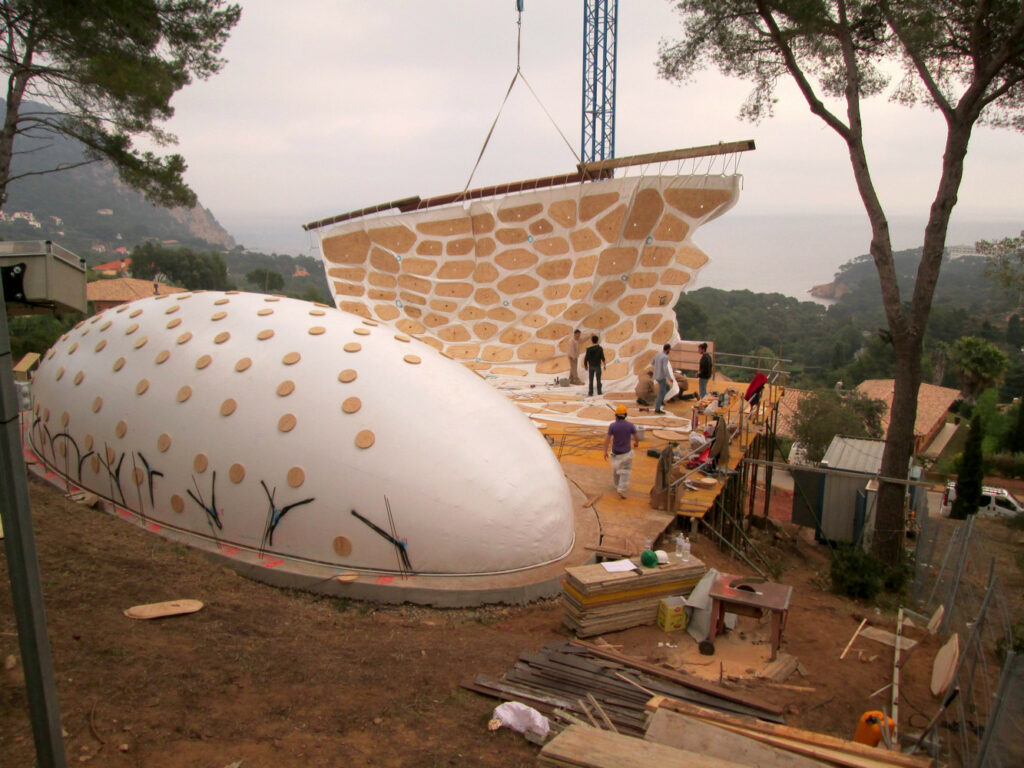

The external ceramic coating, which enhances the parametric design of the vault, has been created in colours that perfectly blend with the surrounding nature, while the internal coating serves both the aesthetical and pratical function to highlight the concavities and convexities as well as to absorb the soundwaves, improving the acoustic quality. Not far from the villa, the architectural firm Cloud 9 has developed, in collaboration with one of the most important art centres, the ArtCenter College of Design of Pasadena, California, an experimental pavilion whose organic shape was inspired by the cones of the locally widespread pine tree. After developing concept and prototypes in the University laboratories, the pavilion has been constructed with a new building process, in which an ephemeral inflatable structure, supporting a web-like formwork made up from rugged fabric, has been filled with a lightweight and ecological concrete. The ultralight structure and the windows with natural pine resin filter have allowed – as the architect explains – to develop symbiotic relationships between technology and nature.
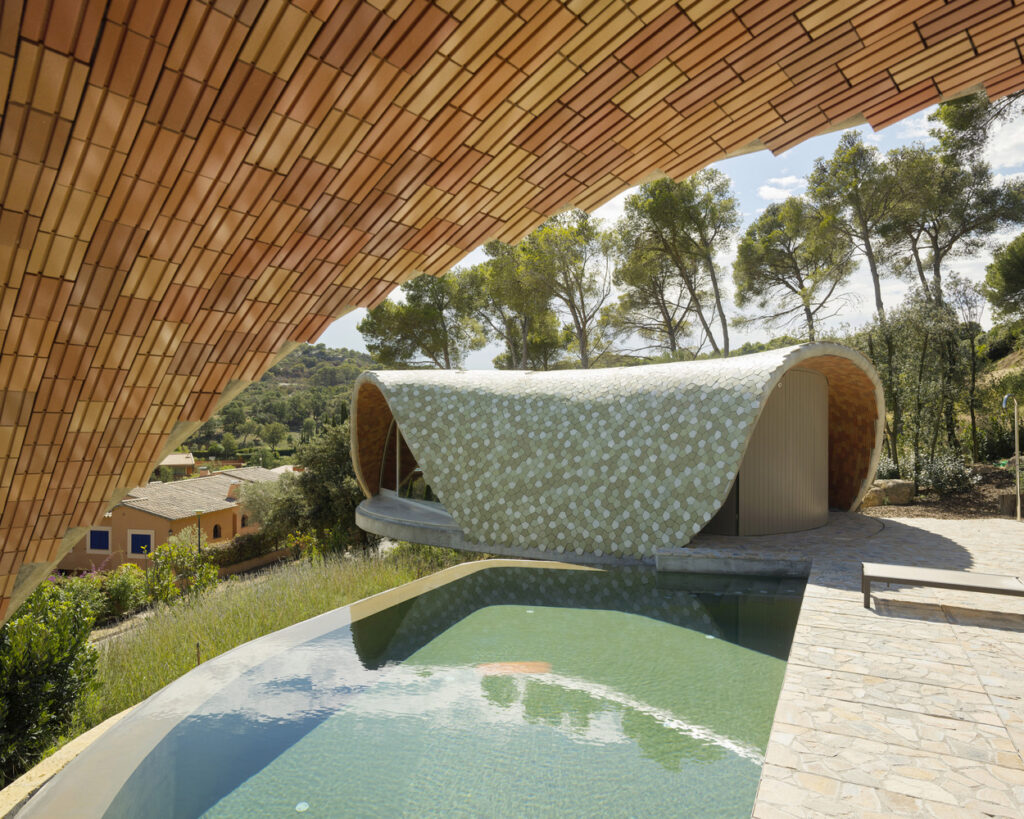
The integration in the natural environment is precisely the other key element of the project: the main structures have been placed on pillars to reduce the footprint on the landscape and the existing plants and trees have been integrated into the design instead of removing them. Furthermore, the singular shape of the roof channels into an underground tank the rainwater, which, after being filtered with natural processes, is used for the pool and the plants. It is in this dialogue with the environment that this extraordinary combination of sustainable architecture and digital manufacturing technologies adds value to the region and to the entire Mediterranean culture.
